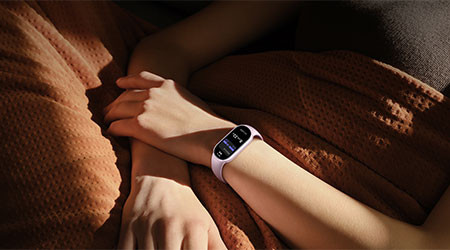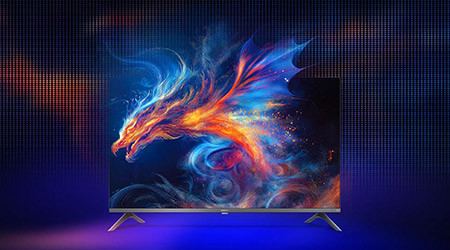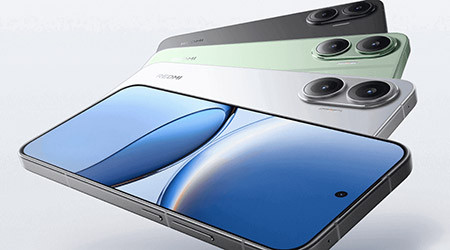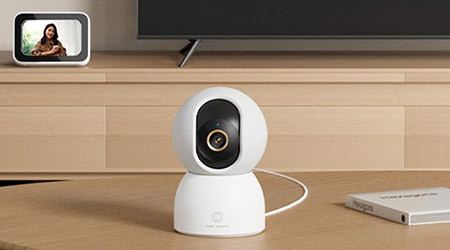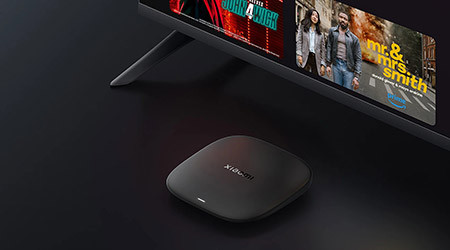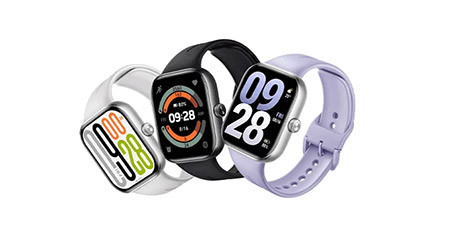Screen Battle: Mi4 vs iPhone 6
- 15.12.2014
- 1767
- Joney Tour
- Add new comment
Screen is a main visual part of any device. Let`s compare Mi 4 and iPhone 6 screens. Many people think that ones are incomparable, but it is not true. So, we have three smartphones to compare: Mi 4 and Mi 3 from Xiaomi and iPhone from Apple.
First, compare tech specs of M 4 and iPhone 6 screens
|
Mi 4 |
iPhone 6 |
|
|
Screen size |
5 inches |
4.7 inches |
|
Manufacturer |
Sharp/JDI |
LG/JDI |
|
Fitting Method |
OGS |
in-cell |
|
Resolution |
1920*1080 |
1334*750 |
|
PPI |
441 |
326 |
|
Screen ratio |
72.30% |
65.81% |
|
Frame width |
2.63mm |
4.25mm |
Comments
Screen Size:
Mi 4 as Mi 3 keeps 5 inches - an extreme screen dimension for smartphones. Devices, named Note or Plus have a more than 5 inches screens, ordinary smartphones – less than 5. IPhone 6 on that criteria is an ordinary smartphone with 4,7 inches screen. As experts think, this is the best size for people hands.
Manufacturer:
Big companies as Sharp, JDI or LG has high-end and low-end products and name of the manufacturer is not a reference to quality of screen. We need to learn other specifications.
Screen Technology:
Screens based on OGS technology have enough the same quality as in-cell screens. A full fitting of a screen is a great achievement at all, independently of technology. In-cell method is more expensive and more complex.
Resolution & PPI:
Retina screen from Apple is a high-level standard of smartphone screen. And in top models it’s independently for quality how mush pixel density has a screen matrix. But geeks, who believe in figures more than their own eyes, must give a first place to Mi 4.
Screen Ratio & Frame Width:
Screens of Mi 4 and iPhone differs only by width. Thin black edge of the screen of Mi 4 only emphasizes the elegance of the smartphone. Besides, they do not cause irritation in some people, as a thick border.
Others:
We know that iPhone 6 has 500 cd/m2 maximum brightness and contrast of 1400:1. And we don’t know it about Mi 4. However, Mi 4 has higher NTSC gamut and saturation and it is good indicators compared to iPhone.
Usually, screen test needs a professional equipment to test color, saturation, gamut, brightness etc. We are tested screens of Mi 3, Mi 4 and iPhone 6 only at visual criteria.
Every camera has a difference in resolution and chromatic aberration. That’s why comparison of screens, based on camera shots only, is incorrect. We testing images, generating by smartphone’s hardware and soft.
So we have some results here.
Photogallery test
Solid color
Shades of grey
Text
Different colors
Test description
A professional screen test requires special equipment for testing of the NTSC color gamut, brightness and saturation level. Of course, our test is not as professional as it might be. However, we are able to get some accurate results. It should be noted that digital camera, SLR camera and mobile phone are different in chromatic aberration. The pictures below show simple description and comparison of smartphones. Moreover, the notion of "cool" screen is a matter of individual preference. All tests have been performed for free. So let us begin with comparing Home screens of our devices.
Note: It is possible that some descriptions and pictures may not match due to the shooting of colorsю.
Part 1: Solid Color Samples
Comments:
Red: Mi 4 has a nearest to blood red color. Mi 3 has the red colot with a little mix of orange. iPhone 6 has the brighter red color with a little of orange too.
Green: Mi 4 has the true vivid green color, while iPhone 6 has like an emerald green color.
Blue: Blue color is almost equal on all devices. Mi 3 has the darker one.
Yellow: Mi 4 has a slightly green yellow, iPhone 6 and Mi 3 has a real yellow, but iPhone has nicer one.
White: None of devices can reflect the white color correctly. Mi 4 has a greener white than iPhone, which has a warmer one. After built-in tuning Mi 4 displays the white with a little bit yellow. In this test we can see the brightness of screens. iPhone 6 and Mi 4 have an equal brightness, but Mi 3 is darker.
Grey: iPhone and Mi 3 display a brighter grey than Mi 4, which gray is almost perfect.
Black: Black color is the base of a screen color scheme. iPhone 6 has more pure and darker black. Mi 4 has brighter black with a little mix of blue color.
Part 2: Grayscale Samples
Comments:
In grayscale test iPhone and Mi 4 display the best results. Mi 3 showed indistinguishable shades in grey.
Part 3: Text Samples
Part 4: Photo / Color Experiences
Comments:
On most shots Mi 4 shows more green mix with other colors. But shots, made with it looks more vivid than iPhone 6 pics. After the tuning of Mi 4 shots made by iPhone 6 looks warmer. The pictures of onion and screenshot of Taobao page looks equal on all devices.
Part 5: Viewing Angle
Comments:
Both of Mi 4 and iPhone 6 smartphones show excellent viewing angles. Both of it have a high-end screens based on IPS matrix with high resolution and best color performance. Flagship phones as Mi 4 and iPhone 6 is, must have a wide viewing angles and it is no surprise, but the main marketing and technical requirements.
Part 6: Screen Details
Comments:
iPhone 6 cannot boast of high-resolution screen. The larger screen of MI 4 has a high density resolution (PPI). That is why the screen Mi 4 image looks sharper and less grainy. Many people argue that the eye is unable to see the grain on any Retina display. Nevertheless high optical density affects the image quality. Therefore, 4K displays were created to prove it. Due to the high density of the image of Mi 4 definitely beats iPhone 6.
Conclusion
To be honest, it is a very controversial issue of choosing the winner in this screen battle. Opinions differ. Some people treat screen features very critically. It is hard to make any conclusions without professional equipment and qualitative samples. However, it is still possible to spot the difference between Mi4 and its predecessor Mi3. From my own experience I have noticed that Mi4 screen has much improved image quality and the effect of floating icons compared to Mi3. Considering iPhone 6 it should be noted that it has high-quality color reproduction and other features inherent to high PPI. I hope this article helps to better understand screen features of smartphones. This will greatly facilitate the process of choosing a smartphone in the future.

